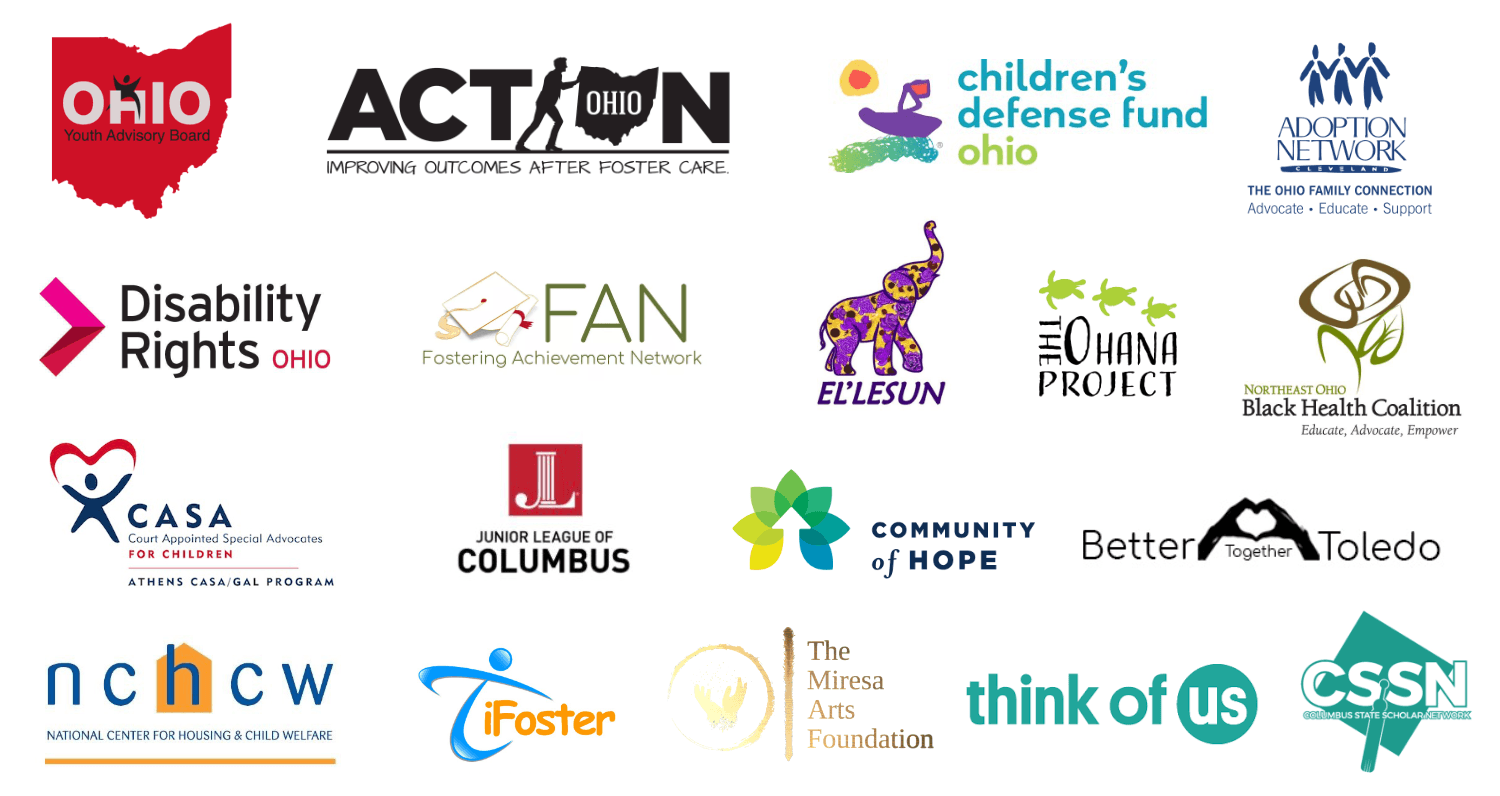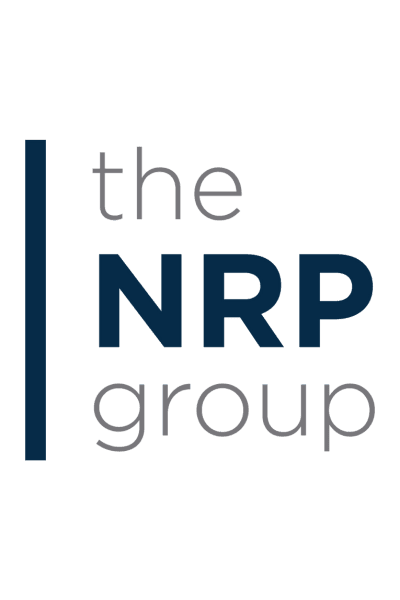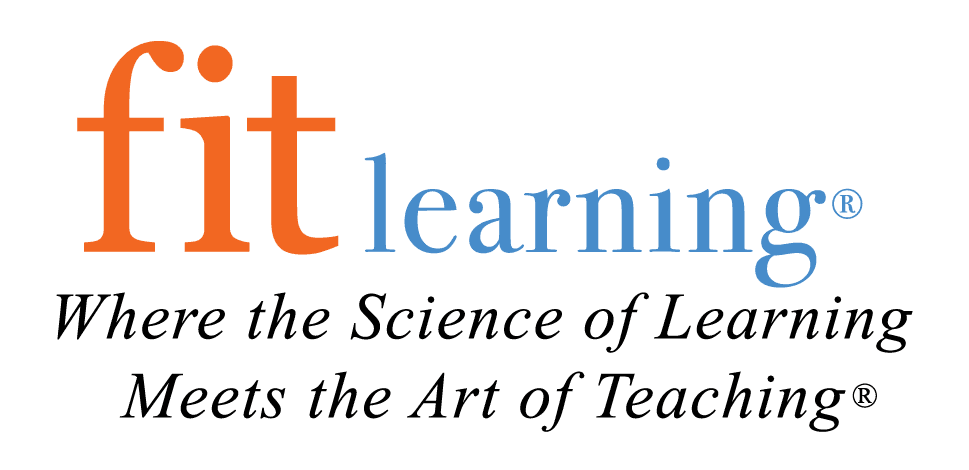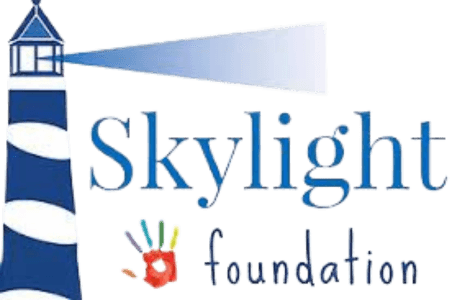
As foster care youth, alumni, and allies, we urge the state of Ohio to create a Youth Ombudsman Office to improve safeguards for youth experiencing abuse in biological, foster, adoptive, residential and group facilities, and other out-of-home placements. While HB 110 established an ombudsman office housed under Job and Family Services and included an initial allocation of $1 million for its creation and implementation, further legislation is needed to ensure the office effectively serves Ohio’s youth. Ohio HB 4, pending in the Senate Judiciary Committee, provides an ideal vehicle for these enhancements if worded correctly.
Current safeguards are failing Ohio’s children and youth. Across the state, children and youth are experiencing difficulties contacting their caseworker and guardian ad litem (GAL), lengthy wait times when reaching out to local child abuse crisis lines, and a lack of follow-up on concerns they’ve reported.
While numerous platforms exist for adults to have their voices heard, children and youth often feel alone, powerless, and without a trusted resource to reach out to for help. In the words of one former Ohio foster youth turned advocate, “Youth are the ones whose lives are at the mercy of the system. Far too often, our voices are reduced to a file – and then promptly ignored. These are not just words or a project to us – this is our lives, our rights, and our futures at stake.”
The solution exists in creating a statewide Youth Ombudsman Office where children and youth have a dedicated platform for sharing concerns related to their safety and well-being. Since Fall 2018, Ohio’s current and former foster youth have consistently advocated for the Youth Ombudsman Office to include the following three key provisions:
-
Youth specific: Children are often viewed as less credible or competent than the parent or caregiver accused of abuse.1 To maintain impartiality and avoid a conflict of interest, the Ombudsman Office must be dedicated to serving children and youth independently from any mechanism designed to support caregivers. Data from other states demonstrate that a dual-purpose Ombudsman office—meaning one that serves both youth and adults—primarily ends up serving adults.2
-
Independent authority: For the Ombudsman office to operate effectively, it must have the faith of children and youth in its independence and leadership. As a result, this office must possess statutory authority, act independently of Children’s Services, and have access to internal data collected by state and local child welfare agencies.
-
Designed with current and former foster youth: A “youth-serving” model only views youth as passive recipients of programs, services, tools, and resources. However, a “youth-empowering” model recognizes that consumers of a service should be involved in its design, delivery, and evaluation.
In Ohio, abuse and neglect cases continue to increase each year, with over 200,000 referrals made in 2019 alone.3 Pandemic-related restrictions have left many children at higher risk for child abuse and neglect due to less frequent contact with mandated reporters. As a result, many cases within the last year are going unreported, leading emergency rooms in Ohio to see an influx in the number of child abuse cases.4 The need for a statewide Youth Ombudsman Office pre-dates the current global pandemic—but is now more critical than ever.
We encourage the Ohio legislature and advocates across Ohio to support legislation that establishes a Youth Ombudsman office. We appreciate your willingness to work with us to make sure this becomes a reality.
By Juliana Barton, foster alumna, advocate and aspiring physician, guest blogger
Adapted from a communication to the Ohio Senate from members of ACTION Ohio, the Ohio Youth Advisory Board (YAB), and the Children’s Defense Fund-Ohio. The logos in the graphic above represent organizations who have signed on to this campaign. Adoption Network Cleveland is proud to be among them. For more information or to sign on to the campaign, go to: https://fosteractionohio.org/ombudsman-advocacy/
1C B Hammond; K V Lanning; W Promisel; J R Shepherd; B Walsh, Law Enforcement Response to Child Abuse, U.S. Department of Justice Office of Justice Programs, Washington D.C., 2001
2 P Woodman-Kaehler, WV Foster Care Ombudsman Program: The First Year in Review, Department of Health & Human Resources Office of Inspector General, West Virginia, 2021
3 E Muttillo, Child abuse and neglect referrals are down - but that is not good news, The Center for Community Solutions, Ohio, 2021
4 N Orajiaka, M.D., M.P.H., I’m An ER Pediatrician. The Hardest Part Of My Job Is What Happens In ‘Room 65’ HuffPost [website], https://www.huffpost.com/, 2021

















